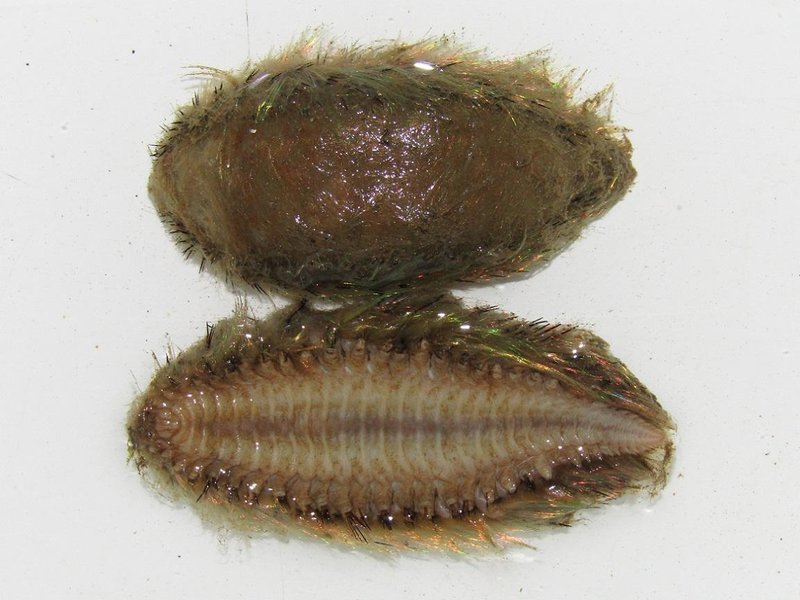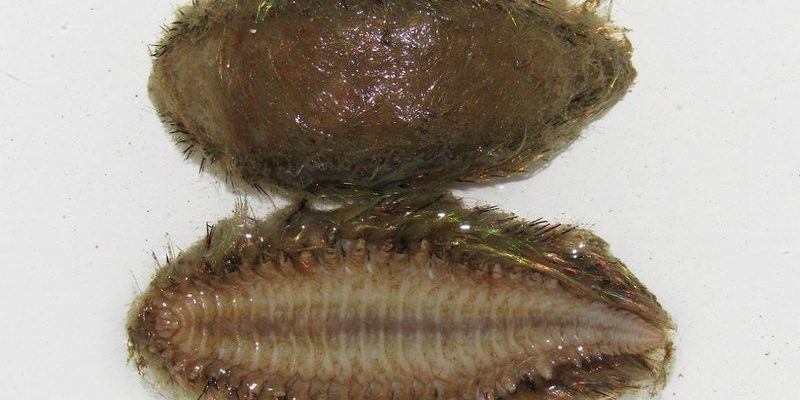
The Aphrodite aculeata is more than just a quirky inhabitant of the seabed; it’s a key player in maintaining the health of marine environments. Imagine a tiny cleaning crew that helps keep the ocean tidy by breaking down organic matter and nourishing the sea floor. In this article, we’ll explore the ecological importance of this fascinating species, why it matters, and how it contributes to the larger marine ecosystem.
Understanding the Sea Mouse: Anatomy and Habitat
The Aphrodite aculeata is a type of marine polychaete worm, and its appearance is anything but ordinary. It’s covered with bristles that resemble fur, giving it a unique look that sets it apart from other sea creatures. These bristles aren’t just for show; they serve various functions, including protection and movement. You might say the sea mouse is wearing its armor while navigating the ocean currents.
This species typically inhabits sandy or muddy seafloors, often hiding beneath the surface during the day and being more active at night. Think of it as a nocturnal creature that thrives in its own little house under the sea. This habitat choice not only provides safety from predators, like fish and crustaceans, but also places the Aphrodite aculeata in an ideal position to consume organic debris and contribute to nutrient cycling in the environment.
The Role of Aphrodite Aculeata in Nutrient Cycling
You may have heard the term “nutrient cycling” tossed around in environmental discussions. So, what does it mean, and why should we care? Simply put, nutrient cycling refers to how different substances like carbon and nitrogen move through the environment. The Aphrodite aculeata plays a crucial role in this process by feeding on decomposing organic matter on the ocean floor.
As the sea mouse consumes this material, it breaks it down into smaller particles. This isn’t just about cleaning up; it enriches the sediments, making nutrients more accessible to other marine life. Imagine if you had a compost pile that not only got rid of your kitchen scraps but also turned them into nutrient-rich soil for your garden. That’s essentially what the sea mouse does for the ocean floor!
Supporting Biodiversity
Biodiversity is essential for healthy ecosystems, and the Aphrodite aculeata contributes to this richness in several ways. First, it serves as a food source for various species, including fish and birds. Think of it as a tasty little snack packed with nutrients. When you consider the food web, every organism plays a part, and the sea mouse is a crucial link in this delicate chain of survival.
Additionally, by enhancing the ocean floor with nutrients, the Aphrodite aculeata supports the growth of other organisms. Healthy sediments promote the growth of algae and other plants, which provide oxygen and serve as habitat for countless marine animals. It’s a win-win situation: the sea mouse thrives as it feasts, and in turn, it helps nourish the larger ecosystem around it.
Climate Change and the Sea Mouse
Let’s take a moment to consider the impact of climate change on the Aphrodite aculeata and its ecosystem. As ocean temperatures rise and acidity increases, many marine species are at risk. The sea mouse, being a bottom-dweller, faces challenges that can affect its habitat and food sources. This is particularly concerning because if the sea mouse struggles, the effects ripple through the entire food web.
Here’s the thing: while the Aphrodite aculeata might seem small and insignificant, it’s a reminder of how interconnected nature is. The decline of one species can lead to problems for many others, including those that humans rely on. This highlights the importance of protecting marine environments—not just for the sea mouse, but for all the life forms that depend on a balanced ecosystem.
Conservation Efforts and Their Importance
With the ecological significance of the Aphrodite aculeata in mind, it’s crucial to discuss conservation efforts aimed at protecting these marine habitats. Various organizations are working to raise awareness about the impact humans have on ocean ecosystems. Efforts often include clean-up initiatives, reducing plastic waste, and promoting sustainable fishing practices.
Individuals can also make a difference. Simple actions, like reducing plastic use or participating in local beach clean-ups, contribute to healthier oceans. By supporting policies that protect marine environments, we can help ensure that species like the Aphrodite aculeata continue to thrive. After all, every little effort counts when it comes to preserving the delicate balance of our planet’s ecosystems.
The Future of the Aphrodite Aculeata
As we look to the future, it’s important to remain hopeful yet vigilant. The Aphrodite aculeata might not be a household name, but its existence underscores the vital relationships within marine ecosystems. Educating ourselves and others about its role can foster a greater appreciation for the wonders of ocean life. Maybe the next time you’re at the beach or diving into the waves, you’ll think about this quirky little creature and the big impact it has on its environment.
In summary, understanding the ecological importance of the Aphrodite aculeata is more than a marine biology lesson; it’s a chance to connect with the nature that surrounds us. By recognizing the value of each species, no matter how small, we take a step toward a more sustainable future.
The sea mouse might be a tiny creature, but it has a big heart for the ocean. And who knows? Maybe the next wave will bring us closer to understanding and preserving the brilliant tapestry of life beneath the surface.

